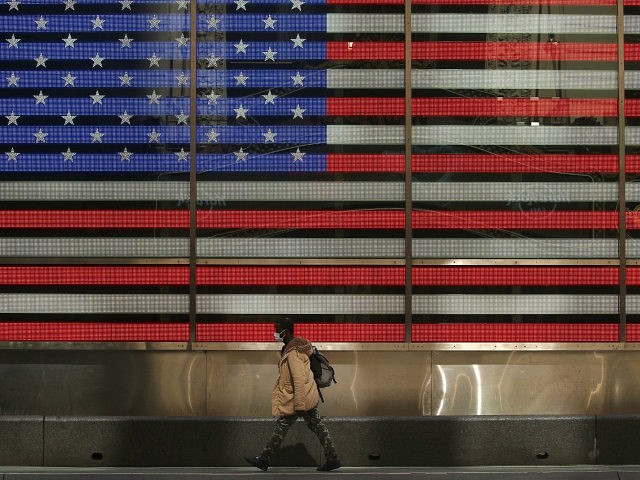The U.S. economy shrank at a 4.8 percent pace in the first three months of 2020, the worst plunge since 2008.
This was the first negative reading for gross domestic product, the broadest measure of goods and services produced by the economy, since 2014. Economists had expected a contraction of 3.7 percent.
The report indicates that the deep cuts business shutdowns and social distancing made to what had been a growing economy. These took hold about three weeks from the end of the first quarter.
Consumer spending fell further than expected, plunging 7.6 percent. Economists had forecast a decline of 1.5 percent. The steeper decline suggests that many consumers began to pull back on spending even before formal stay at home orders were in place.
The economy grew at a 2.1 percent annualized pace in the fourth quarter of 2019.
The Bureau of Economic Analysis said in a technical note accompanying the release that this initial reading was probably inaccurate. The actual decline in GDP was likely much steeper than the initial report indicates.
The agency said that the coronavirus lockdown “led to rapid changes in demand, as businesses and schools switched to remote work or canceled operations, and consumers canceled, restricted, or redirected their spending. The full economic effects of the COVID-19 pandemic cannot be quantified in the GDP estimate for the first quarter of 2020 because the impacts are generally embedded in source data and cannot be separately identified.”
The fall in GDP was led by a drop in consumer spending, nonresidential fixed investment, exports, and private inventory investment. Government spending and spending on homes somewhat offset those declines in the first quarter. Imports, which are a subtraction in the calculation of GDP, fell.
The decline in consumer spending was widespread, hitting both goods and services. Health care led the drop in spending on services, as many Americans canceled or delayed plans for non-urgent medical procedures. The decrease in purchases of goods was led by a drop in spending on motor vehicles and parts. The drop in nonresidential fixed investment primarily reflected a decrease in equipment, led by transportation equipment. The decline in exports primarily reflected a decrease in services, led by travel.

COMMENTS
Please let us know if you're having issues with commenting.